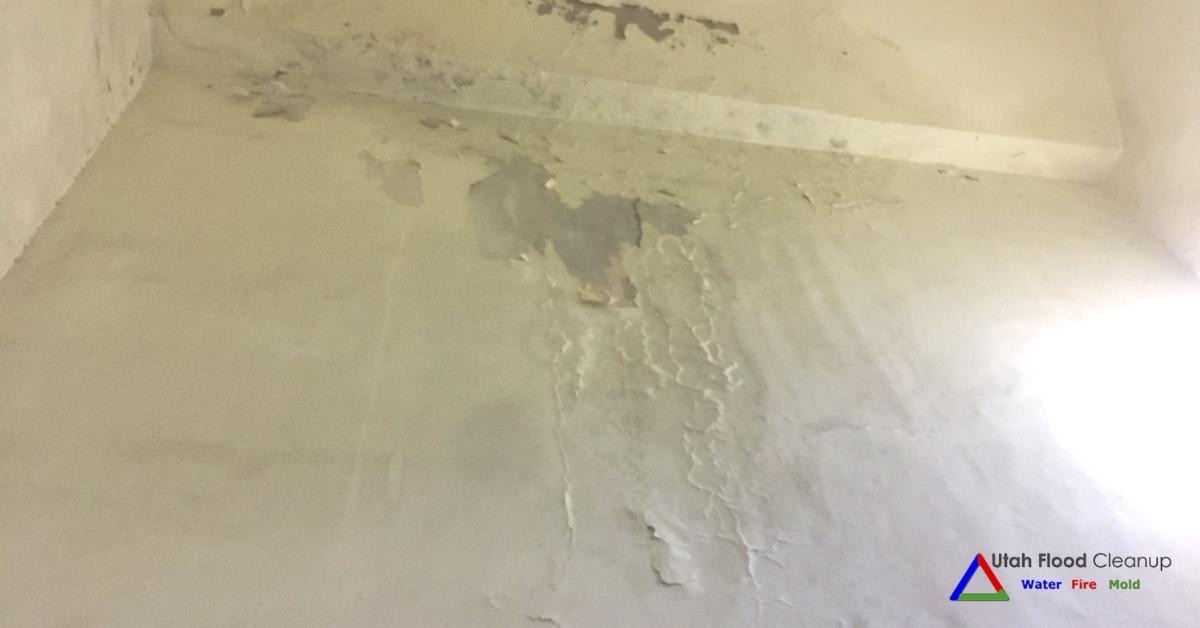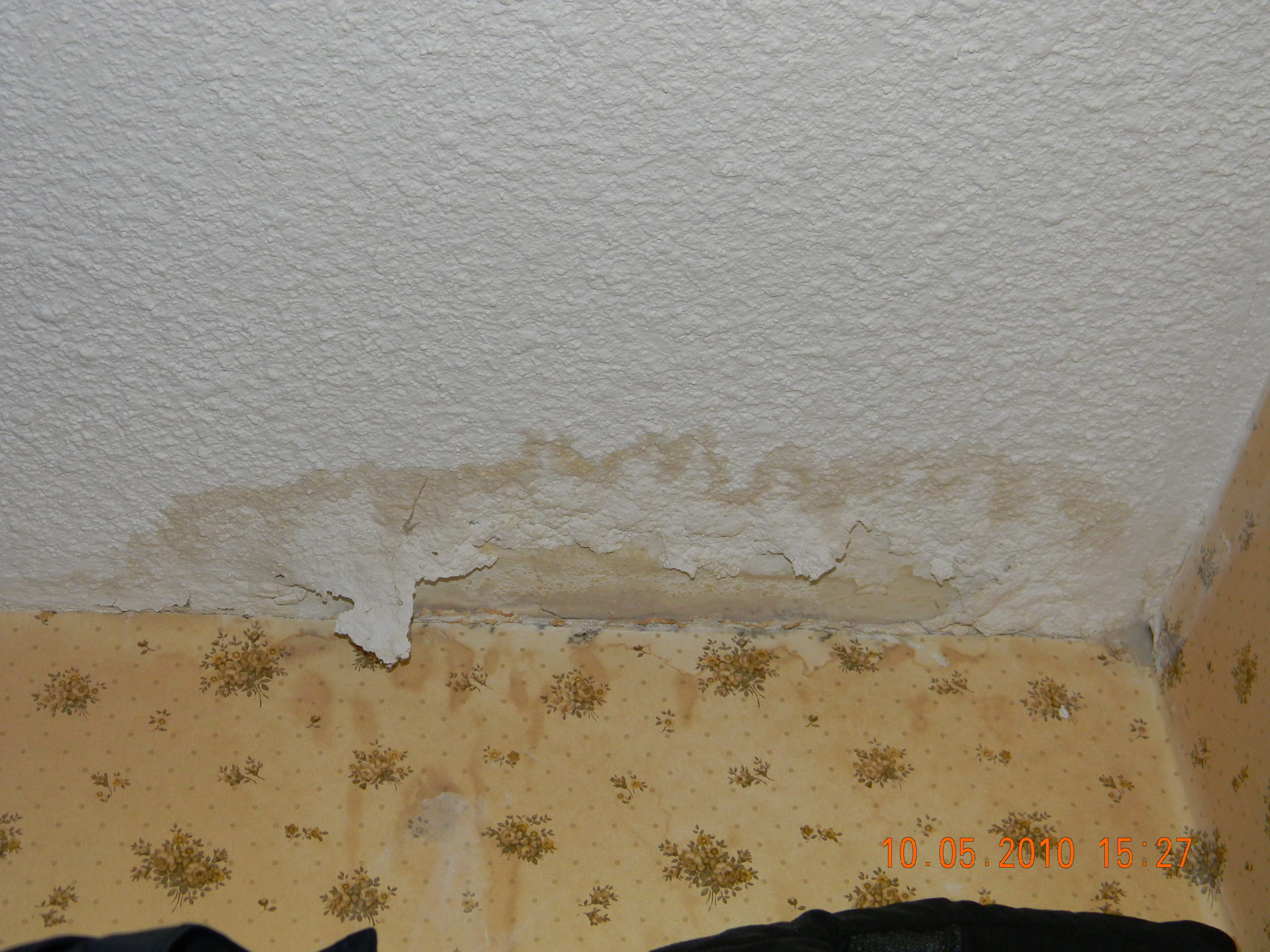Detect and Fix a Stain from Water on Wall Surfaces: In-depth Advice
Detect and Fix a Stain from Water on Wall Surfaces: In-depth Advice
Blog Article
The writer is making several good points regarding How to Remove Water Stains from Walls and Ceilings as a whole in this article which follows.

Water discolorations on wall surfaces are not enjoyable to the eyes. Your residence should lack spots on the wall surfaces, roof covering, or floors. That is the excellent state of a residence and also its structures. In some cases it seems nearly unavoidable to experience water discolorations on walls in houses.
House owners living in humid regions continuously handle the worry of water spots on walls. But that doesn't have to hold true for you. With exact and also all-round details on the root causes of water spots as well as punctual repair work processes, you will certainly always be an action ahead of such incidents. So, this article assures to be a handy guide for you.
3 Usual Reasons For Water Spots on Wall Surfaces
Unlike common belief, water discolorations on wall surfaces do not constantly come from poor building products. There are several sources of water discolorations on walls. These include:
Poor Water drainage
When making a structure strategy, it is essential to ensure appropriate drainage. This will prevent water from seeping into the wall surfaces. Where the water drainage system is clogged or nonexistent, below ground moisture builds up. This web links to extreme moisture that you see on the walls of your structure.
The leading cause of wet wall surfaces, in this case, can be a bad drain system. It can also be due to inadequate management of sewage pipelines that run through the building.
Moist
When hot moist air consults with dry chilly air, it creates water droplets to form on the wall surfaces of structures. This takes place in shower rooms as well as kitchens when there is vapor from cooking or showers. The water beads can stain the surrounding walls in these parts of your home and also spread to other locations.
Moist or condensation influences the roof and also walls of buildings. This causes them to show up darker than various other locations of the residence. When the wall is wet, it creates an appropriate environment for the development of fungis and also microorganisms. These may have damaging effects on health, such as allergies and respiratory conditions.
Pipeline Leaks
A lot of houses have a network of pipes within the walls. This makes certain that the pipes are faraway from the reach of destructive rats. It always raises the practicality of such pipelines, as there is little oxygen within the wall surfaces. This inhibits rust.
A drawback to this is that water leak influences the wall surfaces of the structure as well as creates prevalent damages. An indication of malfunctioning pipelines is the look of a water tarnish on the wall surface.
Water Stains on Wall Surface: Repair Work Tips
Homeowners would usually desire a quick fix when handling water spots. They would quickly understand this is counterproductive as the water spots repeat. So, here are a couple of valuable suggestions that will certainly lead you in the fixing of water stains on walls:
Pro Pointer
A houseplant in your house also enhances its humidity. If the residence is already humid, you may desire to introduce houseplants with marginal transpiration. An instance of ideal houseplants is succulents.
Conclusion
Although no one wishes to have water spots on walls in their residence, it can happen to the best of us. This article provides you utilize, as you currently know exactly how to manage this problem if it does take place.
It is always best to hire professional solutions to aid fix the problems in your home.
Often it appears practically unavoidable to experience water discolorations on wall surfaces in residences.
In contrast to prominent idea, water spots on walls do not always stem from bad structure materials. There are numerous causes of water discolorations on wall surfaces. The water droplets can discolor the bordering wall surfaces in these parts of your house and also spread to various other areas.
Below are a few handy suggestions that will guide you in the fixing of water discolorations on wall surfaces:
CHECKING FOR WATER DAMAGE
Water damage can be costly, and it may begin before you even notice the first signs of trouble. Water damage can cause mold and mildew in your walls and floors, which can create an abundance of health concerns for your family. It can also lead to costly repairs of various appliances and general home fixtures. To avoid the pricey consequences of water damage, here are Warner Service’s top 5 places you should check:
The walls – The easiest place to spot the beginnings of water damage is on the walls and ceilings of your home. If water damage is present, there will most likely be water stains, especially around the windows and doorframes, and/or cracks in the drywall. If a stain looks unusual (discolored to brown, black or gray, raised texture), has a swollen appearance or is soft to the touch, contact a professional immediately. The pipes – To avoid water damage, consistently check the pipes in your kitchen (especially the dishwasher and ice maker), bathrooms, laundry room (specifically washing machines) and basement for corrosion, leaks and water stains. Pay special attention to where the pipes connect in your home and the location of caulking around the bathroom fixtures, including toilets, sinks, showers and tubs. Missing or loose caulking and grout could be signs of leaking water. This seepage can also quickly cause mold and rust, so double check your water heater and tank for wet spots on the floor. The floor – Water damage is very easy to spot on the floor. Look for any warping or buckling of the material, especially in the basement. If your home has wood flooring, look for bright white or dark stains. If your home has carpeting, keep it dry and clean. A damp carpet that smells of mold could cause water damage and health problems. To avoid this, consider installing floor pans under your appliances to help prevent damages from small, slow and undetected leaks. The basement and attic – If your basement or attic smells odd check for mold and mildew around the area, especially the valley where the roof meets. While you are inspecting those areas, check for wall cracks, floor stains, rust and dampness in the insulation. If you live in a colder and/or rainier climate, perform routine checks for water damage from melting snow or ice and rain. The exterior – Check the roof for damaged flashing and missing, cracked or curled shingles. There should also be no standing water anywhere outside your home. This could be caused by puddles, leaky rain gutters or hoses, poor drainage, or short gutter spouts. Invest in a sump pump system or water flow monitoring system, and perform routine maintenance on these outdoor appliances to avoid indoor water damage.

As a serious reader on How to Find and Repair Water Leaking in the Wall, I figured sharing that article was really helpful. For those who appreciated our post plz make sure you remember to pass it around. I treasure reading our article about How to Find and Repair Water Leaking in the Wall.
Need pros? Call! Report this page